Why should you know the difference between a curveball and a slider? If you are already a baseball player and see the difference, you must read it to get the differences to perform better.
But, if you are a baseball enthusiast preparing for a baseball match, you will be a pro when you hit the stadium and can be the guide, too.
To know how most professional baseball players create a winning strategy with a curveball or slider, here are all the differences you need to understand more about these two types of pitches.
So read ahead and find it out for yourself.
A Bit About the Basics of Baseball
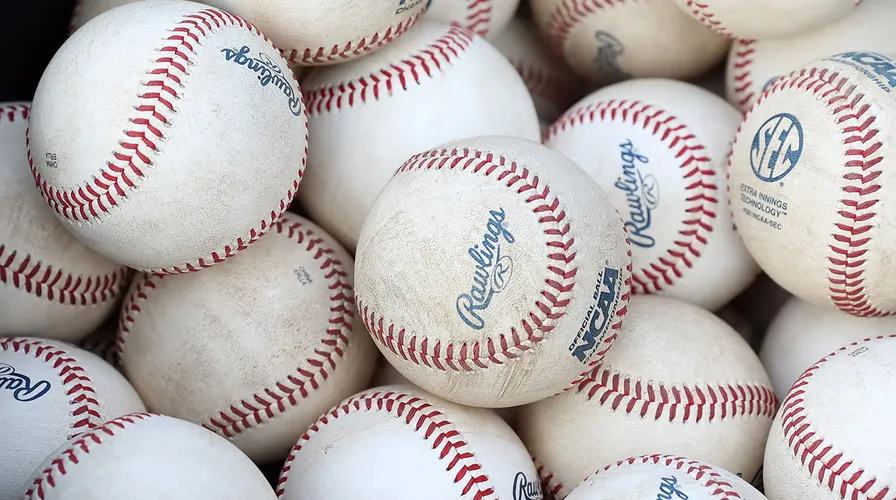
Back to the basics, here are a few points to start with. In baseball, we have nine players, and two teams compete against each other. There are nine innings, and each is separated into two halves. The game is prevalent in the United States, Canada, and Japan.
These are the important positions of the game: pitcher, catcher, first and second basemen, shortstop, third baseman, outfielders, center field, and right field.
Pitching is the most important component of baseball. Mastering curveball techniques with a Wiffle ball is just one way to become an immensely skilled baseball player. Knowing more about pitching, including this technique, can help bystanders understand the game better.
Differences Between Slider and Curveball Pitches
Let’s dig deeper to find out how these two pitches are different from each other.
What you need to know about the difference between these two types of pitches is their grip, an essential aspect of pitching.
| Type of difference | Curveball | Slider |
| Grip | You must place the fingers closer around the ball’s seam for the curveball. In this way, you can generate a downward spin, allowing the ball to curve more toward the ground when it approaches. | To grip the ball, players have to use their index and middle fingers around the seam that is horseshoe-shaped. One will need to apply more pressure on one side of the ball. |
| Speed of the ball | Curveball has a slower speed and moves faster vertically when compared to the slider. | In this way, you can get a lateral spin to generate a sweeping movement
It is like a fastball but has a sharp lateral movement with a greater speed. |
| Spin | It has a topspin rotation | It has a sidespin rotation that breaks the ball laterally |
| Movement Type | It drops quickly and approaches the plate instantly | It moves away from the body of the batsman. |
| The release point | It is at the high arm angle | Release is at the lower arm angle |
| Level of difficulty | Precise spin and release essential | Precise release and grip are necessary |
| How popular is it | Most popular | Not used every day |
The Origin of Baseball
The first curveball pitch originated in August 1870 at the Capitoline Grounds in Brooklyn. The pitcher who invented this pitch is Fred Goldsmith; however, some believe the inventor was Candy Cummings.
In 1920, this curveball pitch was used against the St. Louis Browns. Although there is some debate over the inventor of the pitch, some believe it to be Chief Bender.
Two Georges invented it, and it was primarily Blaeholder and Uhle. Next, we must look into the scientific aspect of the story.
The Scientific Aspect of The Pitch
To become a successful pitcher, you must understand the science behind a pitch to make things easier.
When the ball leaves the hand of the baller, it has three forces working around it: gravity, drag, and the Magnus force, as some would like to call it.
How does each of the forces act?
- Gravity drags the ball down.
- The drag or the frictional force slows the ball down.
- A perpendicular force develops and works ninety degrees to the ball’s motion.
A pitcher can control the ball’s motion easily. A breaking ball will rely more on the magnum force, which is one of the best. As long as you have the troops and you know how they work, the science of playing with the ball becomes easy.
Conclusion
So, a slider is quicker than a curveball but with less movement. One major difference between them is the speed and movement of these two pitches. Slider is known for its unique velocity compared to several other pitches. When a slider is thrown at a higher speed, it has less movement. Thus, this combination of breaking capability and speed often makes baseball players prefer sliders over other pitches.
The above blog taught you the key differences between a slider and a curveball pitch. So, hopefully, this should help you make an excellent pitching strategy.




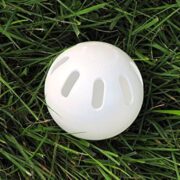


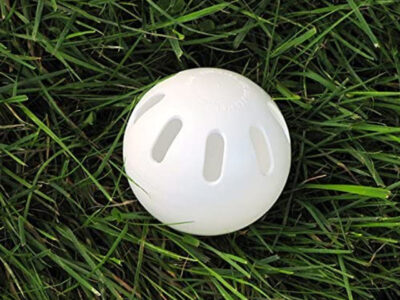

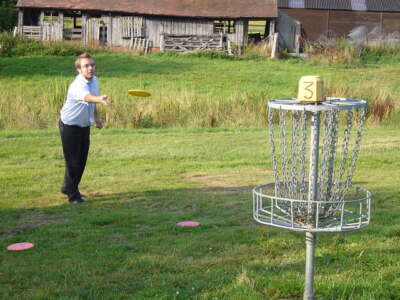

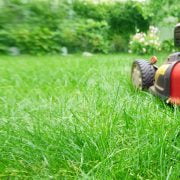


Comments